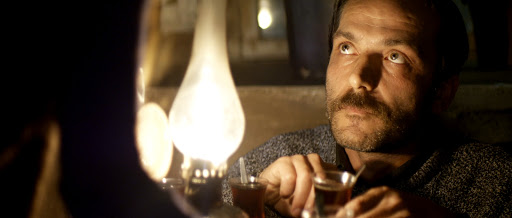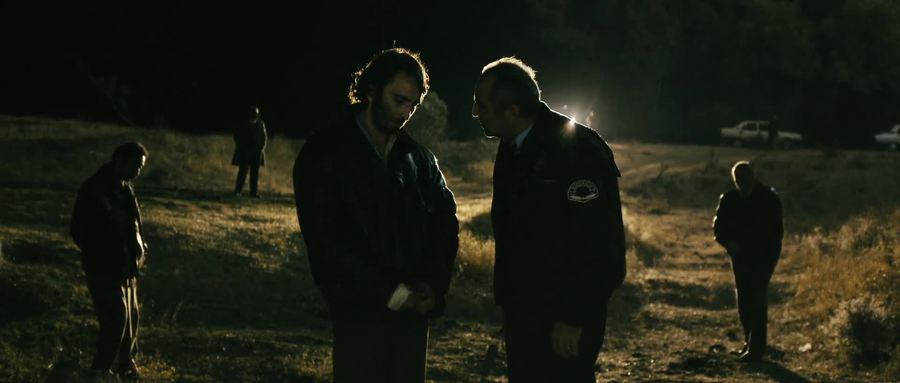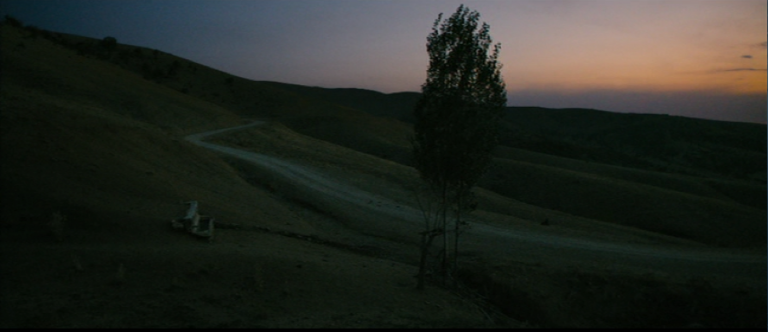Once Upon a time in Anatolia. The movie was released in 2011. Watched it now. Since its first and extraordinary scene, a long nocturnaI search, it took me ‘back’ to Kafka. But also to Piero della Francesca. To Bergman and… opera. Along the film, the rigorous (if not hieratic) way sound and scape interact lead me to dive into the nuances of the human soul while being sculpted by the circumstances. It happened once upon a time in Anatolia, but in this contemporary tale one is fully overblown by the insidious anachronisms of interpersonal interaction. Voices, postures, looks, the geometry of encounters.
Indeed, «as in all of Ceylan’s films, it’s the distractions and elisions, not the official stories, that carry the existential weight of the days of our lives». I discovered this author abandoning myself to the inhospitable cold of Winter Sleep (2014) and, sometime later, to the overwhelming intimacy of The Wild PearTree (2018) – another masterpiece. Why did I have to write this little note? Well, firstly, precisely because of the magic durée of light in the first scene of Anatolia, a movie where at some point a whisper is the highlight of existencial tensions that build for very long, long minutes, and where a pair of shimmering eyes convey the drama of one’s life in an extremely violent way. The ethical vibration released is paradoxically light, and it teaches. Maybe it heals. Like Kafka, or Piero. Or Ingmar. Nuri Bilge Ceylan’s cinema, a feast of dialogue even when there are now words exchanged, an orgy of silences and obscurities, demands exceptional care from the spectator’s gaze. In turn it delivers something sacred, the heavy grace of dust.

Once Upon a time in Anatolia. O filme é de 2011. Vi-o agora. Desde a primeira cena, uma longa e extraordinária busca nocturna, fui ‘devolvido’ a Kafka. Mas também a Piero della Francesca. A Bergman e à… ópera. O modo rigoroso (senão hierático) como o som e a paisagem interagem para me orientar no mergulho nas nuances da alma humana enquanto é esculpida pelas circunstâncias. Aconteceu once upon a time na Anatólia, mas neste conto contemporâneo somos completamente varridos pelos insidiosos anacronismos da interacção pessoal. Vozes, posturas, olhares, a geometria dos encontros.
Com efeito, «tal como em todos os filmes de Ceylan, são as distrações e as omissões, não as histórias oficiais, que transportam o peso existencial dos dias das nossas vidas». Descobri este autor abandonando-me ao frio inóspito de Winter Sleep (2014) e, algum tempo depois, à brutal intimidade de The Wild Pear Tree (2018) – outra obra-prima. Porque é que tinha de escrever esta pequena nota? Antes do mais, por causa da durée mágica da luz na primeira cena de Anatolia, um filme em que a dada altura um suspiro é o pico de tensões existenciais que se acumulam durante longos, longos minutos, e em que um par de olhos brilhando na noite carregam o drama de cada vida de modo extremamente violento. A vibração libertada é paradoxalmente leve, e ensina. Talvez cure. Como Kafka, ou Piero. Ou Ingmar. O cinema de Nuri Bilge Ceylan, um festim de diálogo mesmo quando não são trocadas palavras, uma orgia de silêncios e obscuridades, exige um cuidado excepcional por parte do espectador. Em troca oferece algo sagrado, a pesada graça do pó.



Muito boa crítica, são sem dúvida obras-primas!